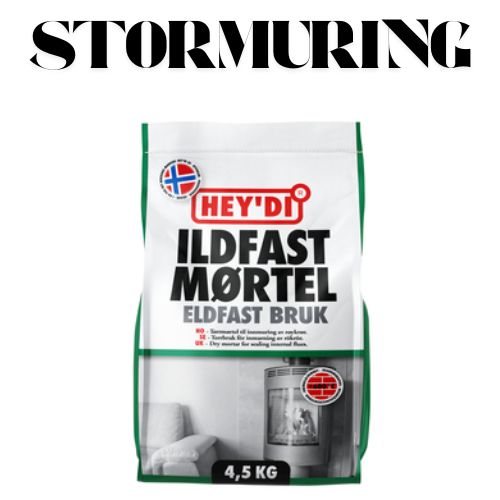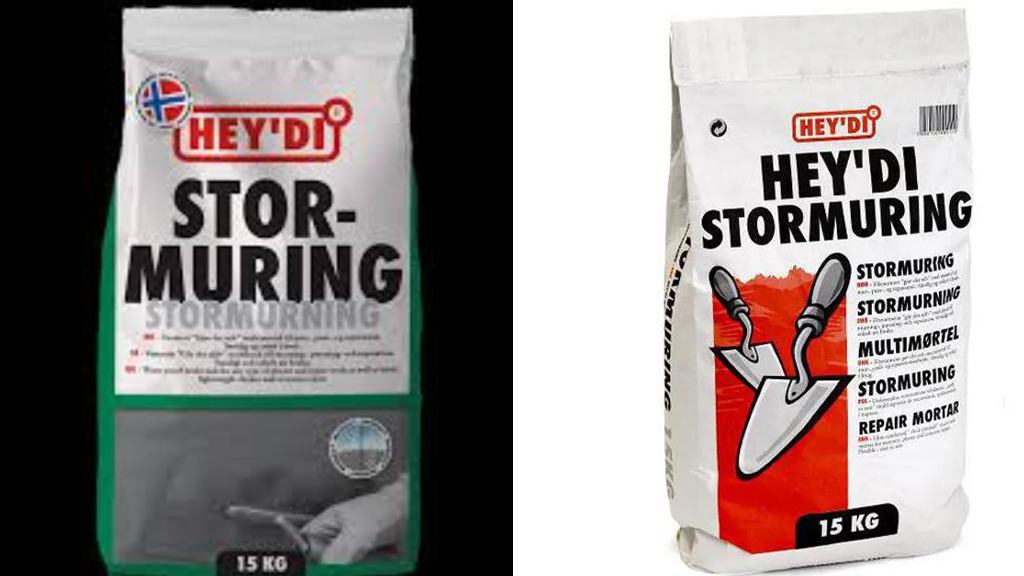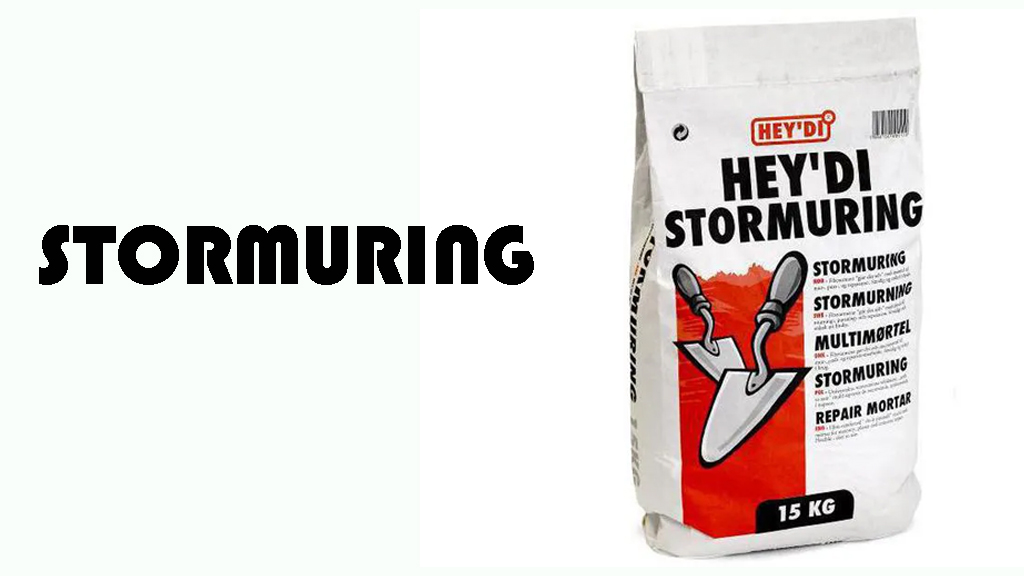stormuring has started to appear in different places. Some people see it in building supply stores, while others notice it mentioned online as a new term. At first, the word may sound strange, but it actually has a clear meaning. In this guide, we will explain what stormuring is, where it is used, why it is important, and how people understand it today.
What Is Stormuring?
The word stormuring is most often linked to a product from Norway. In the building industry, “Stormuring” is the name of a special mortar. Mortar is the mixture builders use to hold bricks, stones, and blocks together.
Stormuring is made by Hey’di, a well-known brand that produces building materials. This mortar is special because it is fiber-reinforced. That means small fibers are added to the mix to make it stronger and more flexible. Builders use stormuring for jobs like:

- Masonry (laying bricks or blocks)
- Plastering walls
- Repairing concrete or stone surfaces
It can be used both indoors and outdoors, which makes it very practical.
Main Features of Stormuring
Stormuring is not just any mortar. It has several unique features that make it stand out:
- Fiber Reinforcement
- The added fibers make the mortar stronger and less likely to crack.
- Waterproof
- Stormuring is resistant to water. This makes it great for outside walls and repairs.
- Easy to Use
- It is made for both professionals and DIY users. Even people without much experience can apply it.
- Strong Adhesion
- It sticks well to many surfaces like concrete, brick, and lightweight blocks.
- Flexible Application
- Can be applied in thin layers for plastering or in thick layers (up to 8–10 cm) for filling bigger holes.
- Fast Setting
- The working time is about 1 hour, so projects can be finished more quickly.
Technical Details
Here are some useful technical facts about stormuring:
- Package Size: Usually sold in 15 kg bags
- Water Requirement: About 2.7 liters per bag
- Yield: Produces about 9 liters of mortar
- Layer Thickness: Can be applied from thin plaster layers up to 8–10 cm in one go
- Setting Time: About 1 hour of workable time
These details are important for builders because they help plan how much mortar is needed for a job and how quickly it should be used.
Why Do People Use Stormuring?
People use stormuring because it saves time and gives a reliable result. It is very popular for home repairs because it is easy to handle. For example:

- If a wall has cracks, stormuring can be used to fill them.
- If bricks are loose, stormuring can bond them again.
- If a wall needs plastering, stormuring can be spread smoothly.
Another reason is durability. Since it is waterproof and strong, it can last for many years even in outdoor conditions.
Stormuring in Daily Life
Even though stormuring started as a technical product for construction, the word is sometimes used in other contexts too. In lifestyle blogs, it has been described as a modern trend term, though this meaning is not as clear as the building product. Some writers use it to describe something new, strong, or reliable.
This shows that stormuring has two lives:
- Practical Life: As a real mortar for building and repair.
- Cultural Life: As a trendy word that some people use in digital culture and lifestyle content.
Advantages of Stormuring
Let’s look at the key benefits again in simple terms:
- Strong: Fiber reinforcement makes it durable.
- Safe: Waterproof and weather-resistant.
- Flexible: Works for many different jobs.
- Easy: Can be used by both experts and beginners.
- Fast: Short setting time means quicker results.
These advantages explain why many people prefer stormuring compared to normal mortar.
Where Can You Buy Stormuring?
Stormuring is mostly sold in Norway and other parts of Scandinavia. It can be found in building supply stores such as:
- Maxbo
- Montér
- Bauhaus
Prices are usually around 400–420 NOK for a 15 kg bag. Some online stores also ship it, but availability depends on the country.
Safety and Tips for Use
Like all mortars, stormuring should be handled carefully. Here are some tips:
- Always wear gloves when mixing and applying it.
- Avoid breathing in dust when opening the bag.
- Mix with clean water in the right amount. Too much water makes it weak.
- Use it within the recommended working time.
- Store bags in a dry place to avoid moisture before use.
Stormuring as a Trendy Word
As we mentioned earlier, stormuring has also been used as a modern cultural term. Some websites talk about it as if it represents a “strong new idea” or “modern movement.” This shows how words from one field (like building) can sometimes move into culture and digital life.
It may not yet be a very common word in this sense, but its unique sound makes it easy to remember and share.
Conclusion
Stormuring is both a useful building product and an interesting modern term. As a mortar, it is trusted by builders because it is strong, waterproof, easy to use, and flexible. As a word, it is slowly gaining attention in digital spaces as something modern and fresh.
Frequently Asked Questions (FAQs)
1. What is stormuring?
Stormuring is a fiber-reinforced mortar made by Hey’di, used for masonry, plastering, and repair.
2. Where is stormuring made?
It is made in Norway and sold mainly in Scandinavian countries.
3. What makes stormuring special?
It is strong, waterproof, easy to use, and can be applied in both thin and thick layers.
4. Can beginners use stormuring?
Yes, it is designed for both professionals and DIY users.
5. How long does stormuring take to set?
It has about one hour of working time.
6. Is stormuring waterproof?
Yes, it is resistant to water and weather, making it good for outdoor use.
7. How much water is needed for one bag?
A 15 kg bag requires about 2.7 liters of water.
8. Can stormuring be used indoors?
Yes, it works well for both indoor and outdoor projects.
9. Where can I buy stormuring?
In Norway, it is sold at stores like Maxbo, Montér, and Bauhaus.
10. Is stormuring also a modern trend word?
Yes, some websites use it as a modern cultural term, but its main meaning is still the building product.
Click for more amazing info. News Cora

